GUY BROAD
Discover our passion for the iconic Jaguar XK series. From expert restorations to rare parts and in-depth knowledge, we’re dedicated to keeping these timeless classics alive. Explore the history, craftsmanship, and innovation behind these legendary cars—all brought to life by our family’s enduring love for the Jaguar XK.
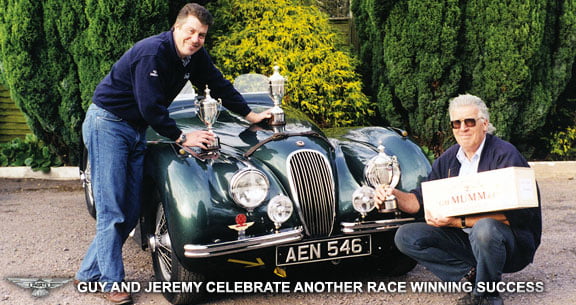
Starting Guy Broad Spares was something of a lifetime mission, with the inspiration beginning in my childhood. My roots into the car world started at a very young age, with a family that has spent a lifetime owning some of the most wonderful cars and doing great and exciting things in racing, touring, and everything car-related.
It all began with my grandfather, John Broad, the founder of what would become the Broad Dynasty. Over a span of 50 years, he owned more than 140 cars—some of which remain among the most desirable classic cars today.
My father, Jeremy Broad, grew up surrounded by the heart-throbbing roar of engines and the heady whiff of octane. As a teenager, he became part of my grandfather’s pit team and developed an insatiable passion for racing and classic cars. He was a walking encyclopedia of automotive knowledge, a former editor of the XK Register, and a recognized authority on his favorite marque, the Jaguar XK.
No chance that I could escape becoming infected by the same passion. My life revolves around everything XK—a journey that has taken me across Europe and the Americas to build Guy Broad into the organization and worldwide reputation it enjoys today.
Unveiled at the London Motor Show, the XK120 was Jaguar’s first post-war sports car. It featured a sleek, aerodynamic design and a 3.4-litre twin-cam straight-six engine, making it the fastest production car of its time with a top speed of 120 mph. The XK120 gained fame in both motorsport and luxury car circles, setting speed records and winning races.
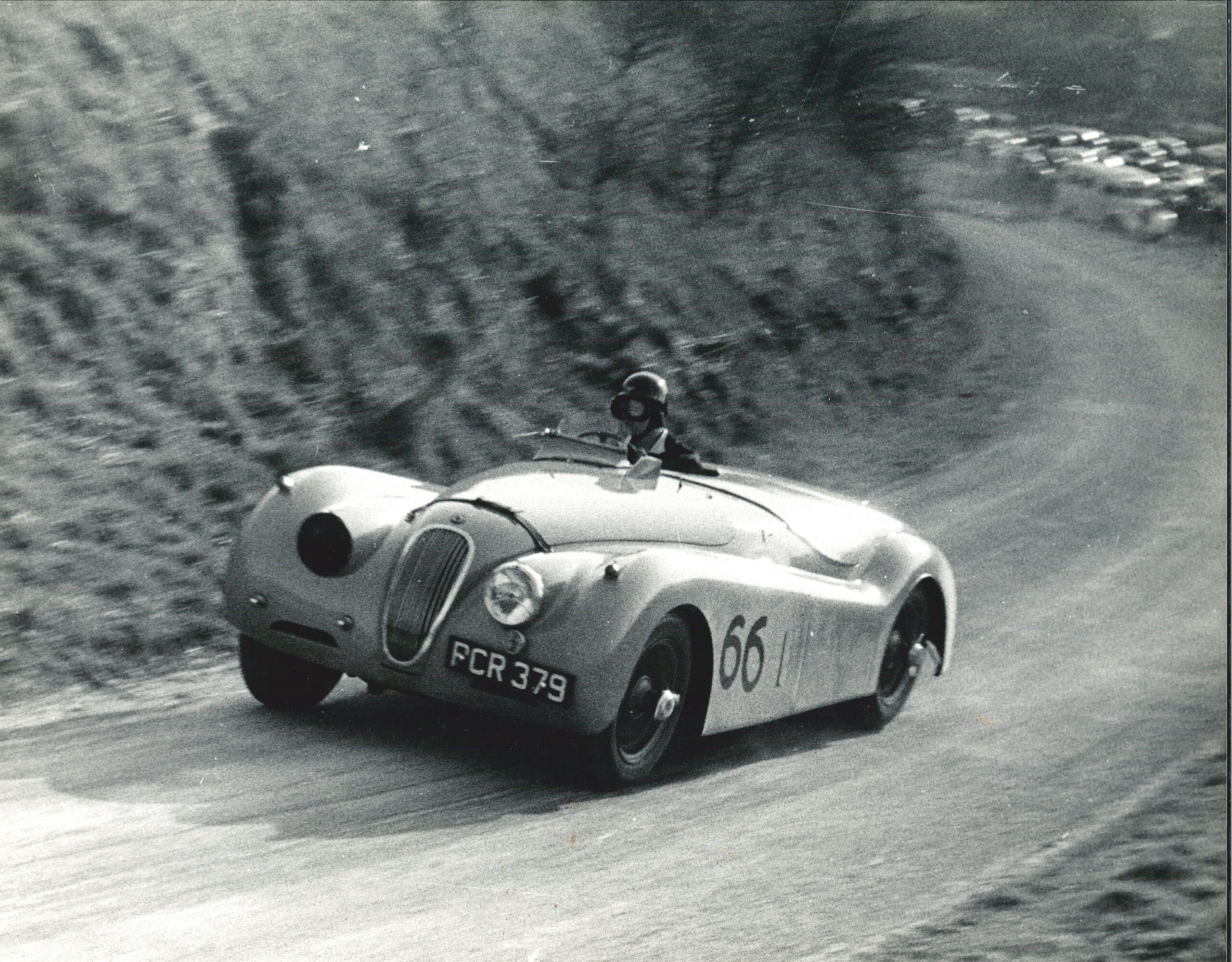
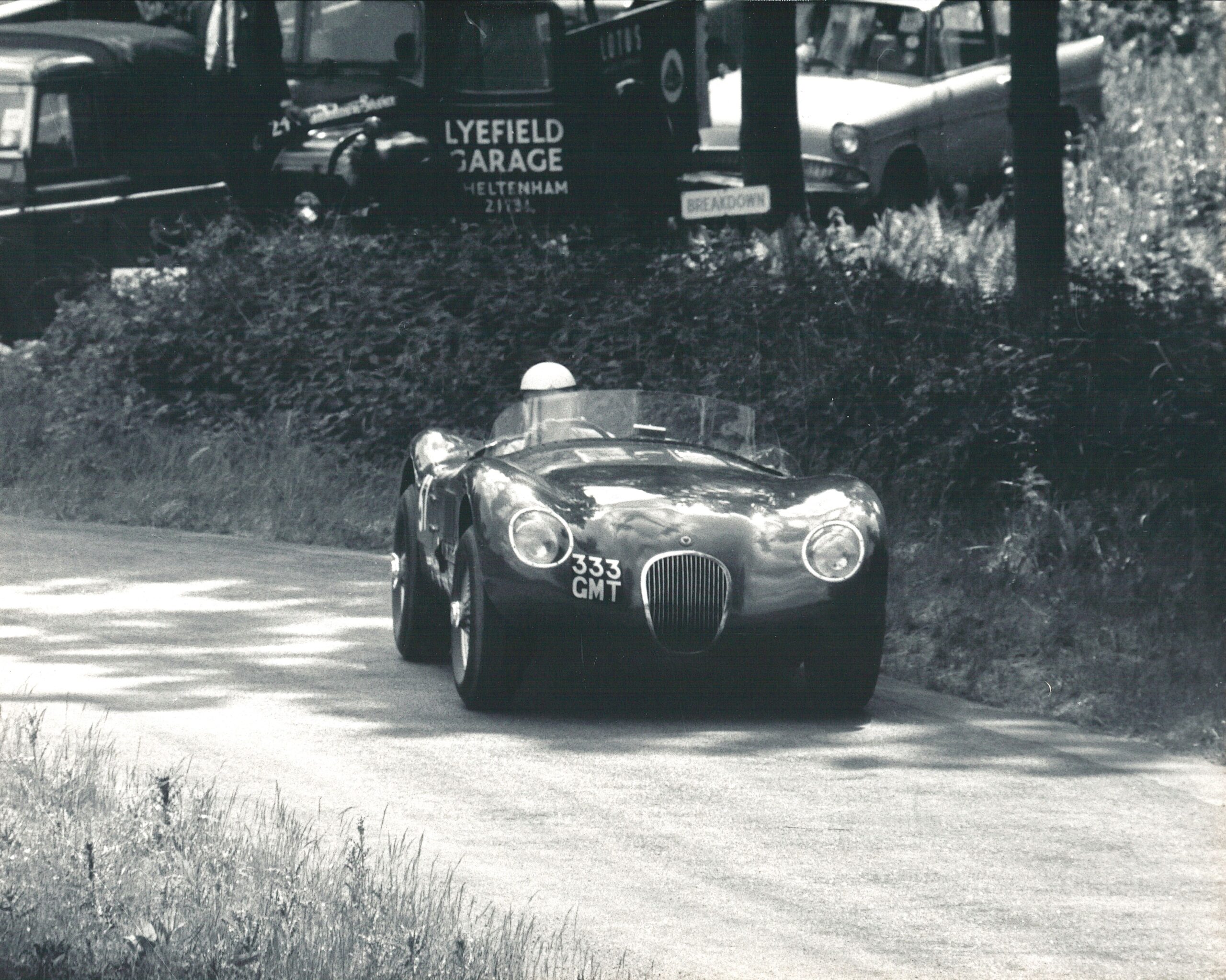
Designed specifically for endurance racing, the C-Type built on the XK120’s success with a lightweight, aerodynamic aluminium body. It introduced disc brakes to motorsport and secured Jaguar’s first victory at the 24 Hours of Le Mans in 1951, repeating the feat in 1953.
The XK140 improved upon the XK120 with enhanced comfort, power steering, and more powerful engine options. It retained the classic Jaguar styling but featured a revised front grille and improved suspension for better handling. This model bridged the gap between the raw XK120 and the refined XK150.
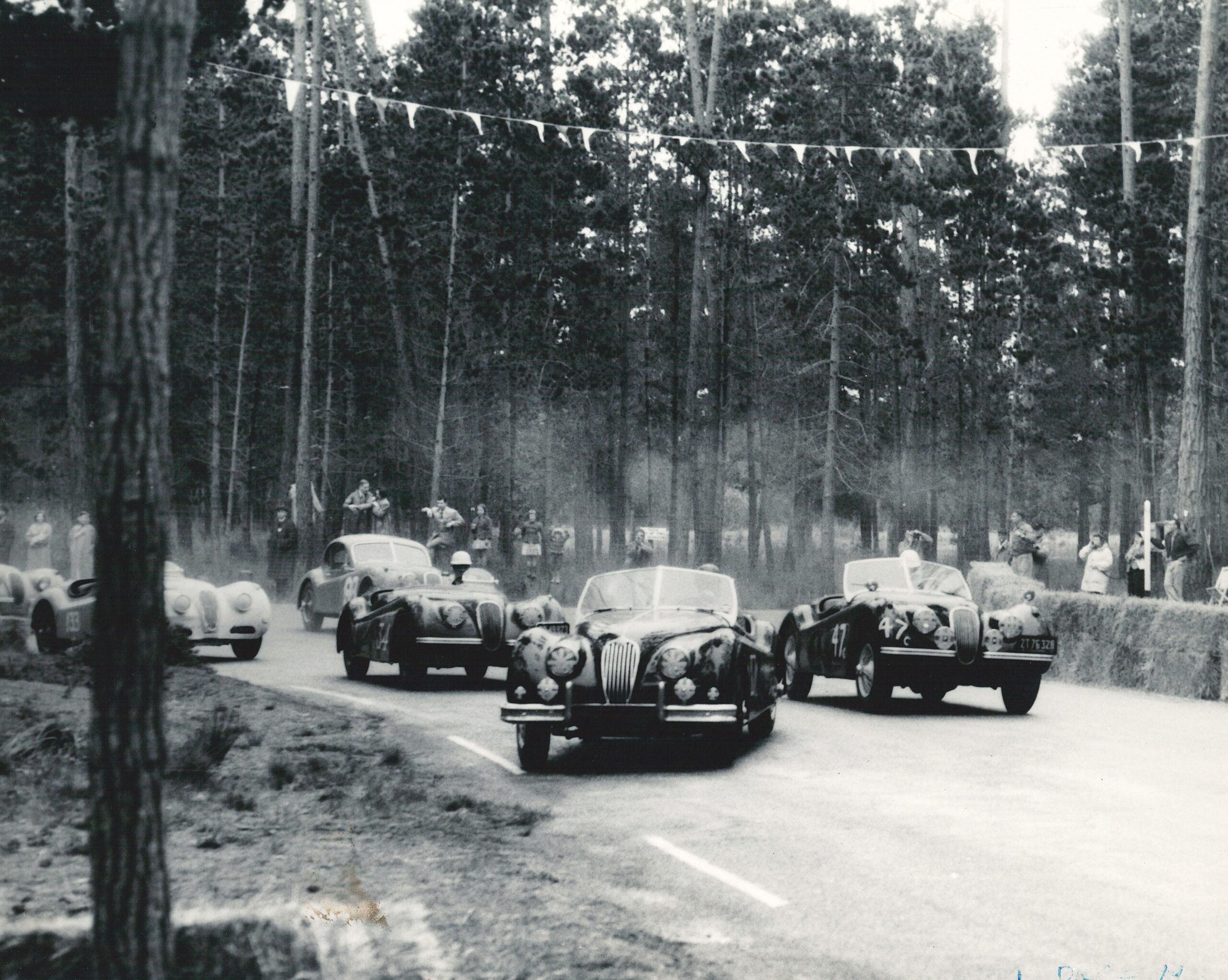
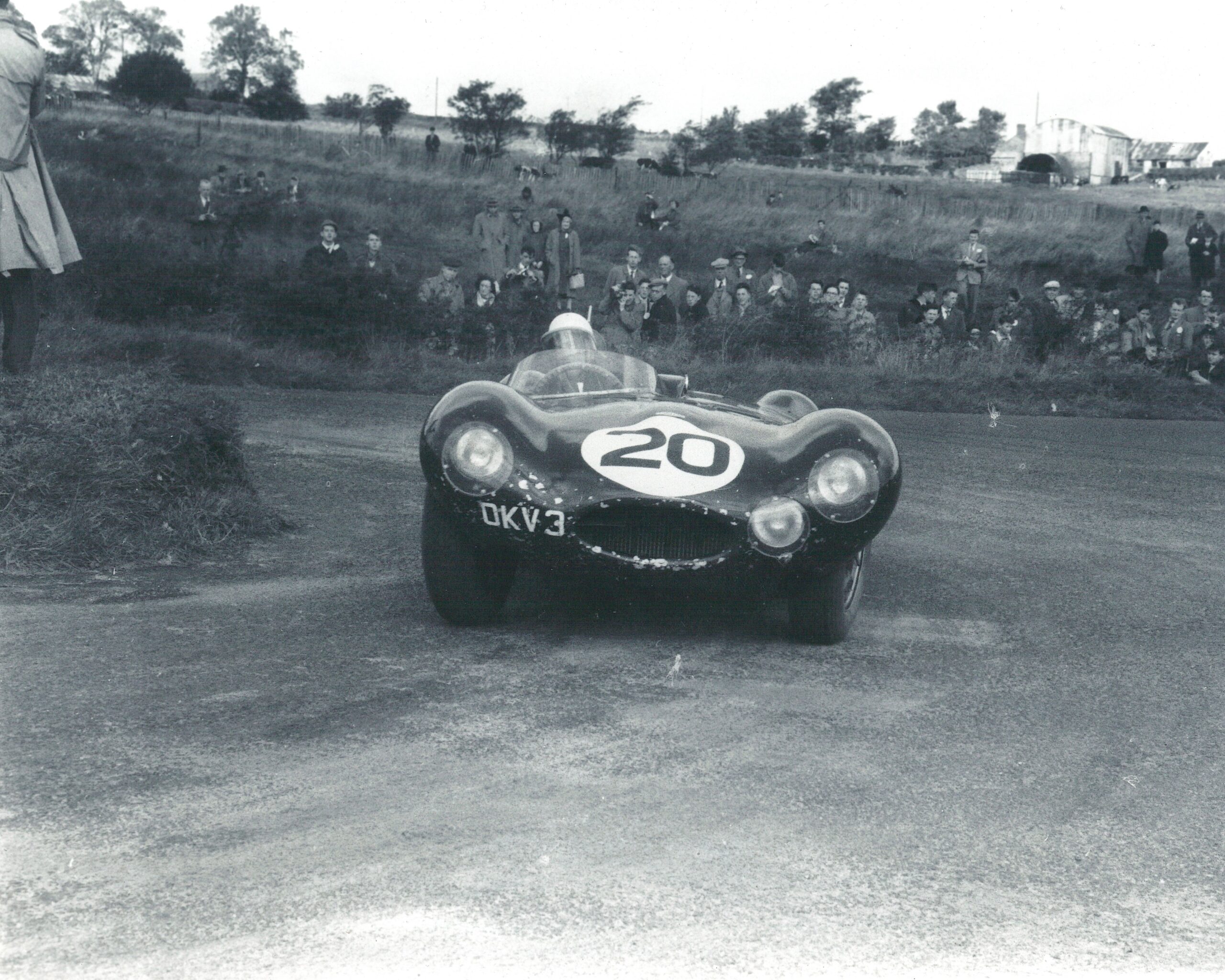
A revolutionary race car, the D-Type was built for speed and aerodynamics, featuring an iconic fin behind the driver’s seat. It won Le Mans three times in a row (1955, 1956, and 1957) and introduced innovations such as monocoque construction, which influenced future Jaguar road cars.
The final iteration of the XK series, the XK150 offered a more modern design, with a one-piece windscreen and wider grille. It introduced disc brakes as standard and was available in fixed-head, drophead, and roadster configurations. The more powerful ‘S’ variant produced 250 bhp, marking the peak of XK performance before the E-Type’s arrival.
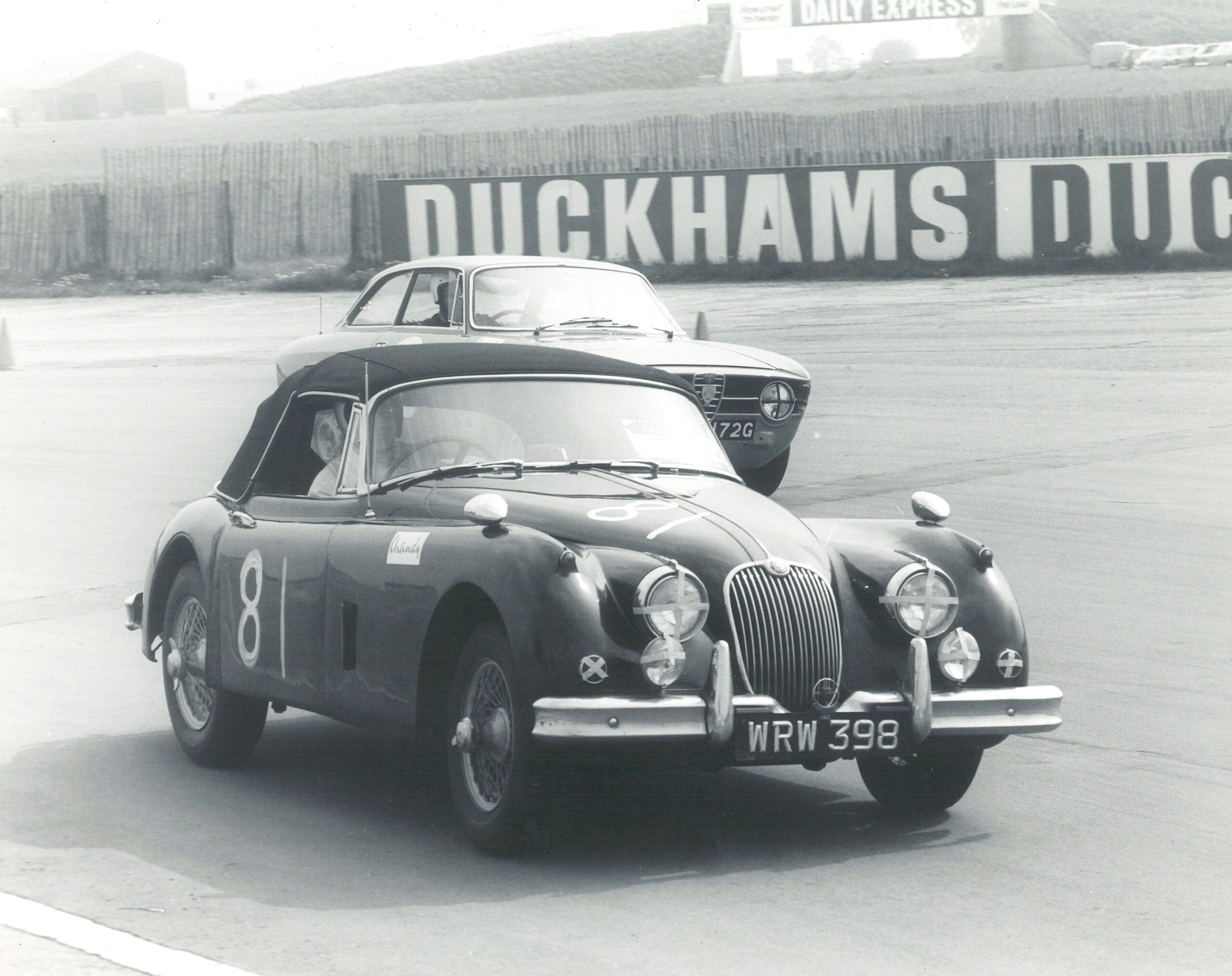
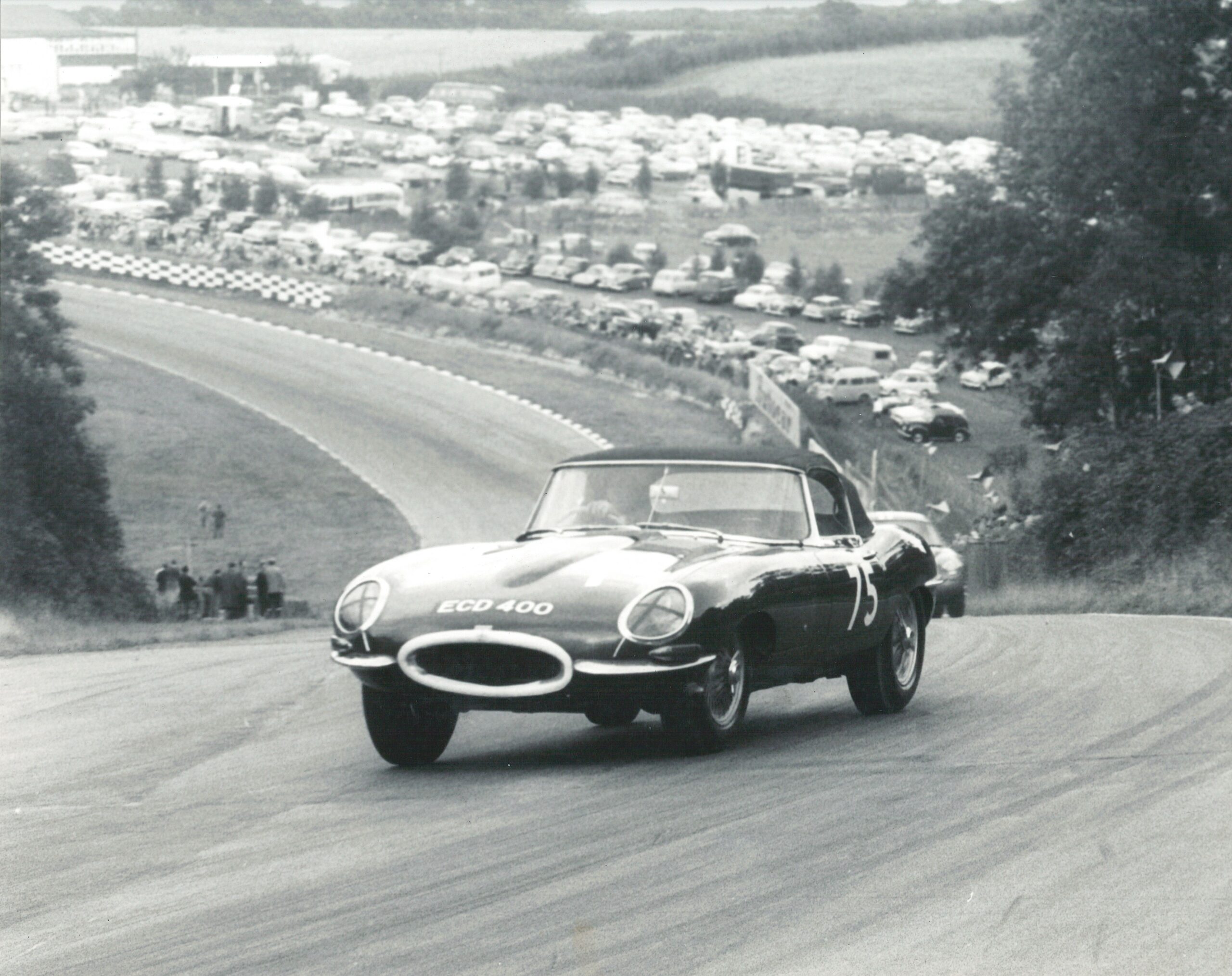
Arguably Jaguar’s most famous model, the E-Type combined stunning looks with advanced engineering. Featuring a 3.8-litre straight-six engine, independent rear suspension, and disc brakes, it was capable of 150 mph. Enzo Ferrari called it "the most beautiful car ever made." The E-Type became an icon of the 1960s, beloved by enthusiasts and collectors worldwide.
THE WORLDS LEADING XK SPECIALISTS
Guy Broad, Broadacres, Wall Hill Road, Corley,
Coventry, CV7 8AD
sales@guybroad.co.uk
+44 (0) 1676 541980